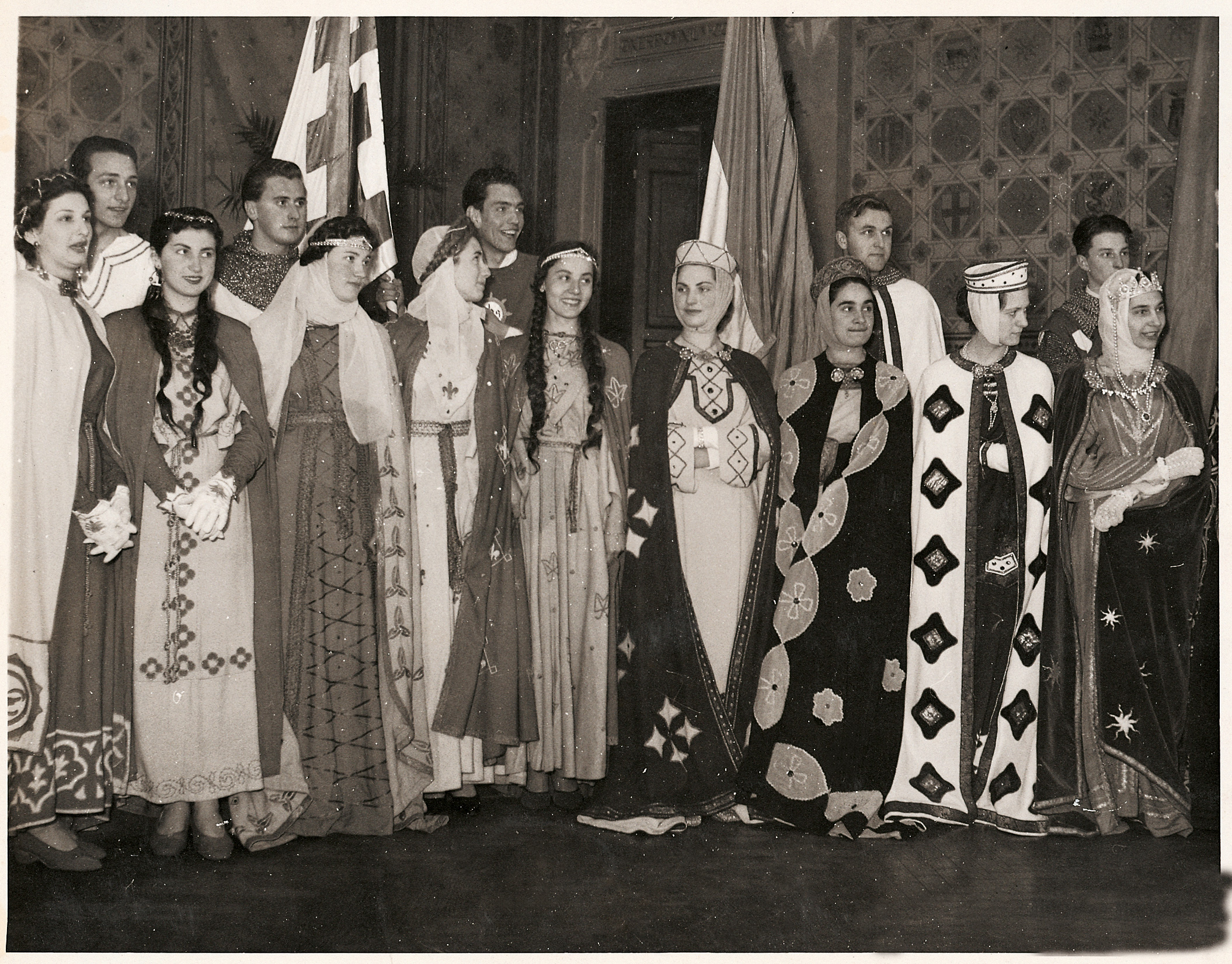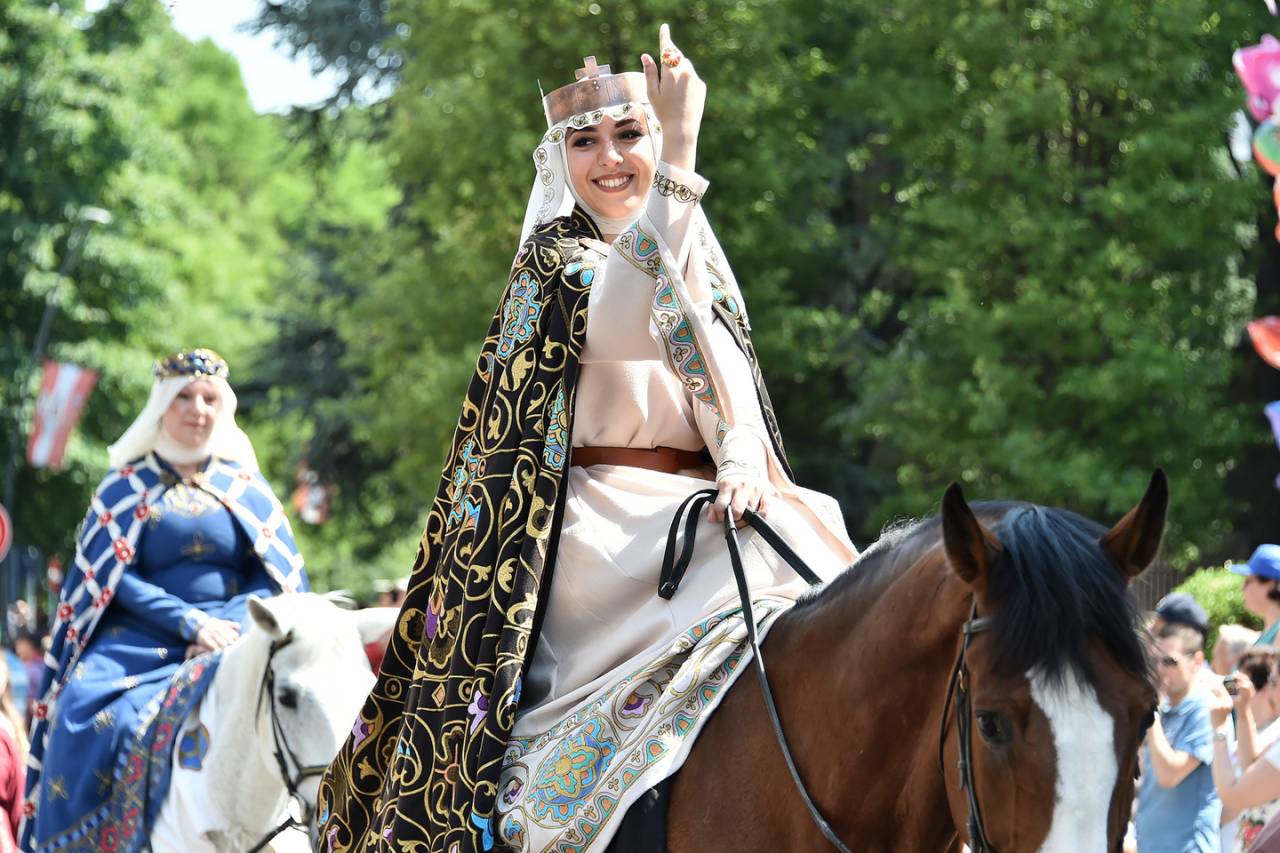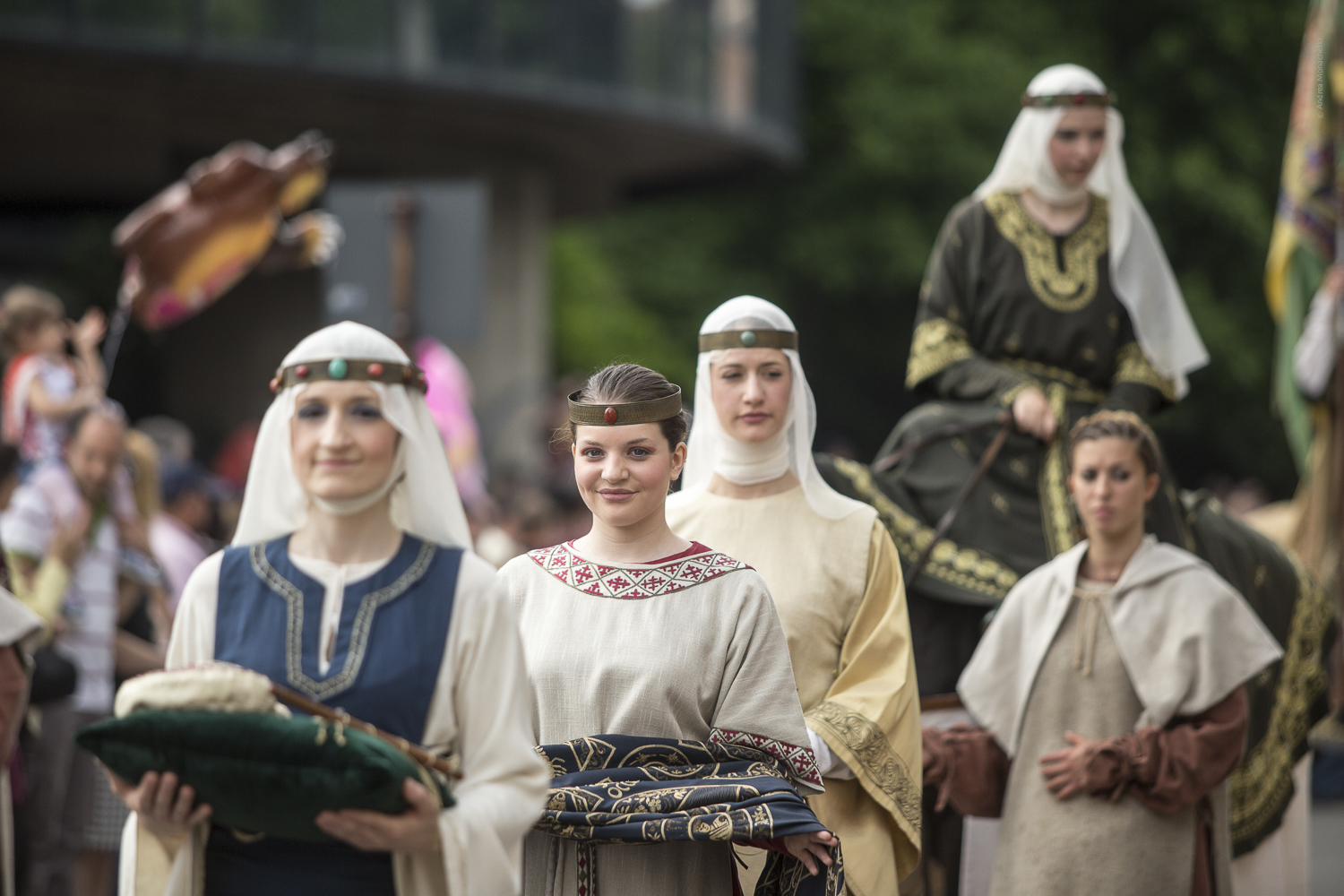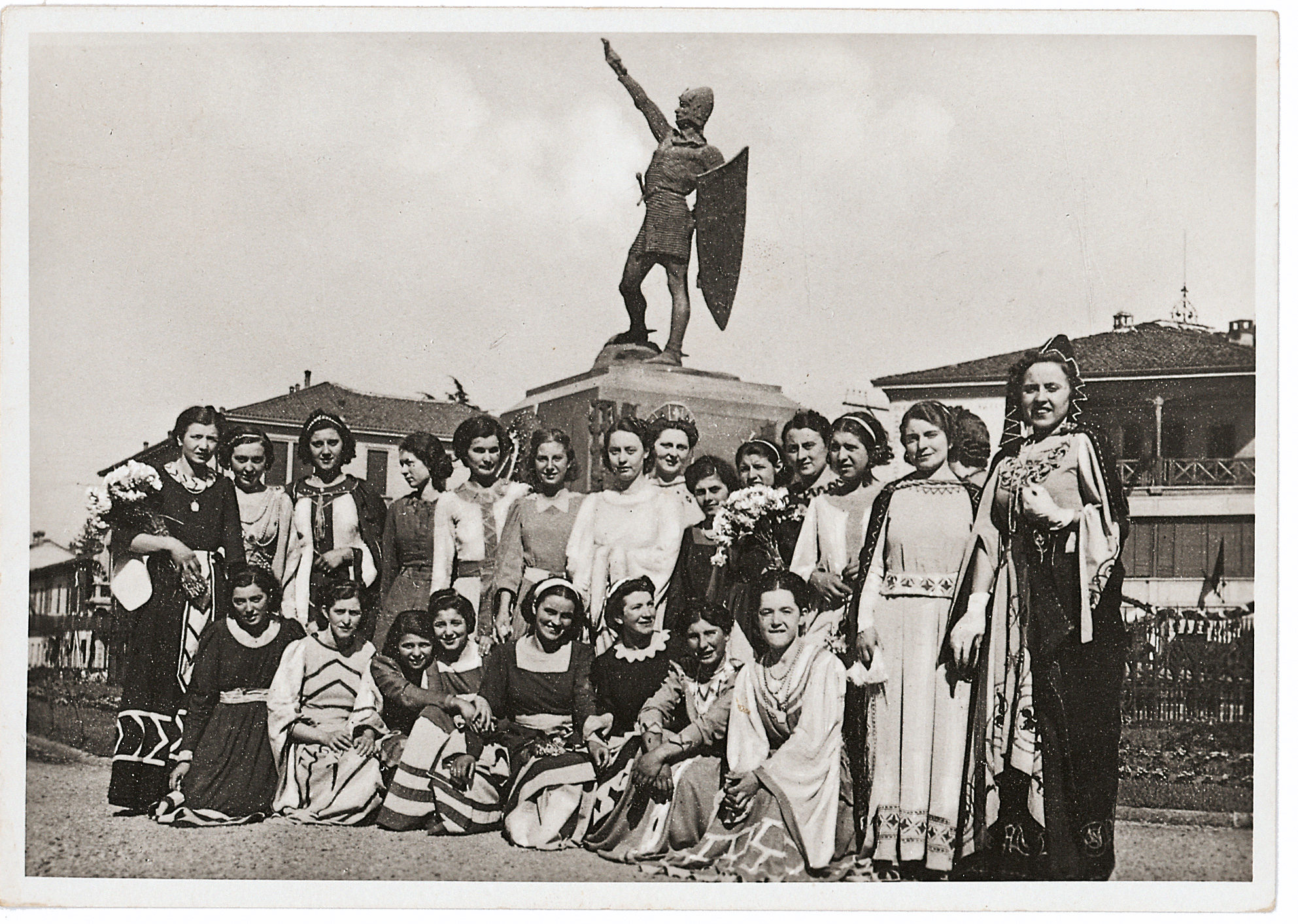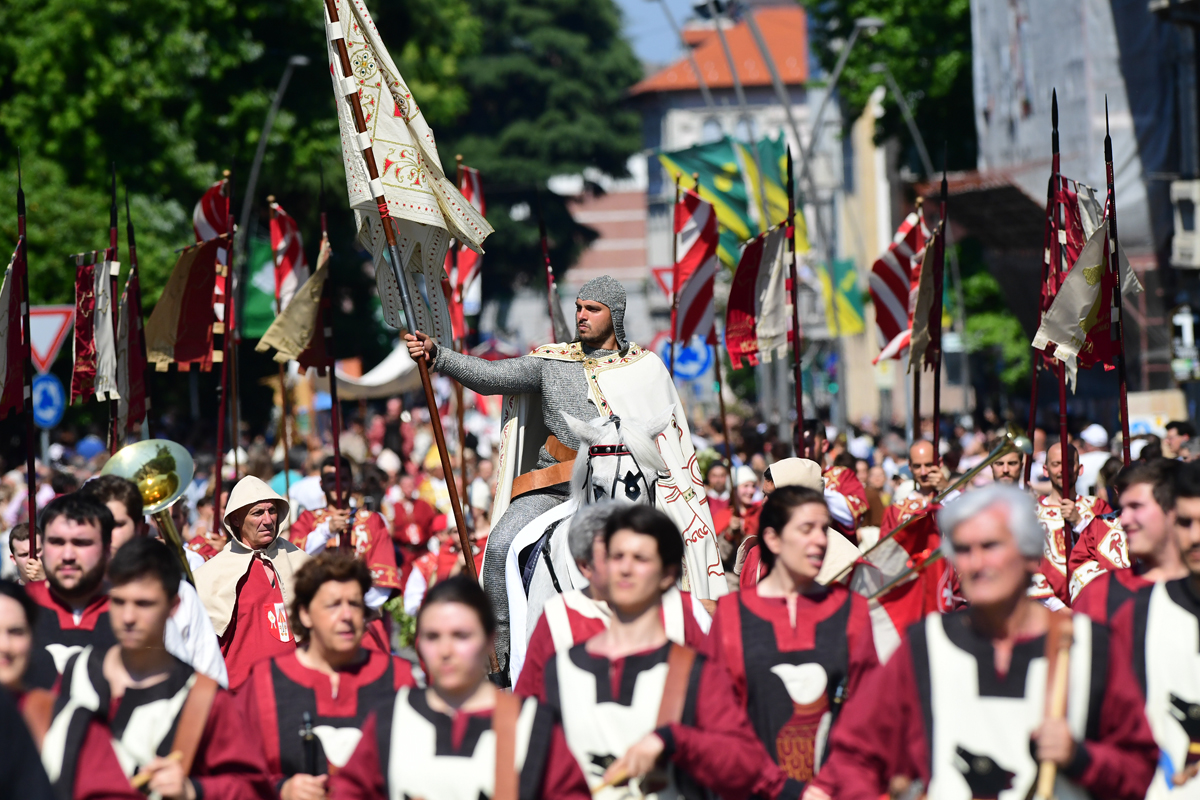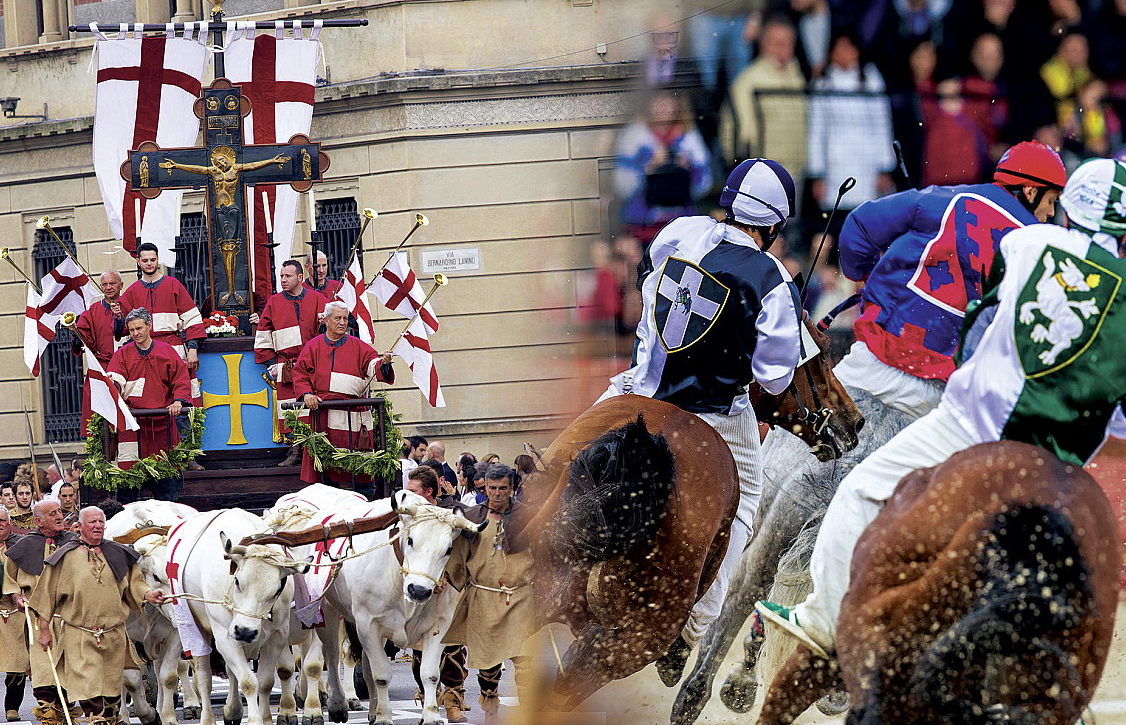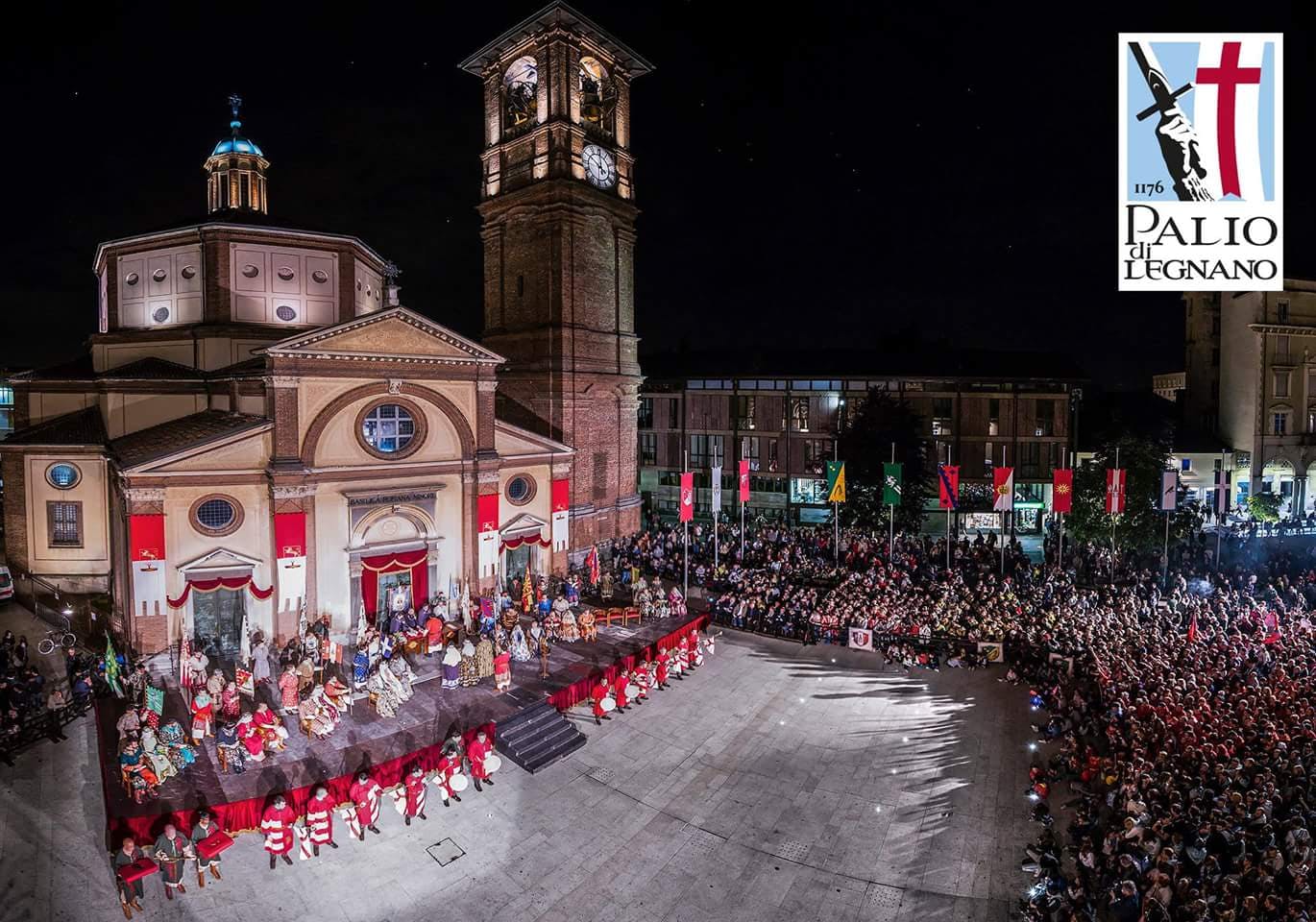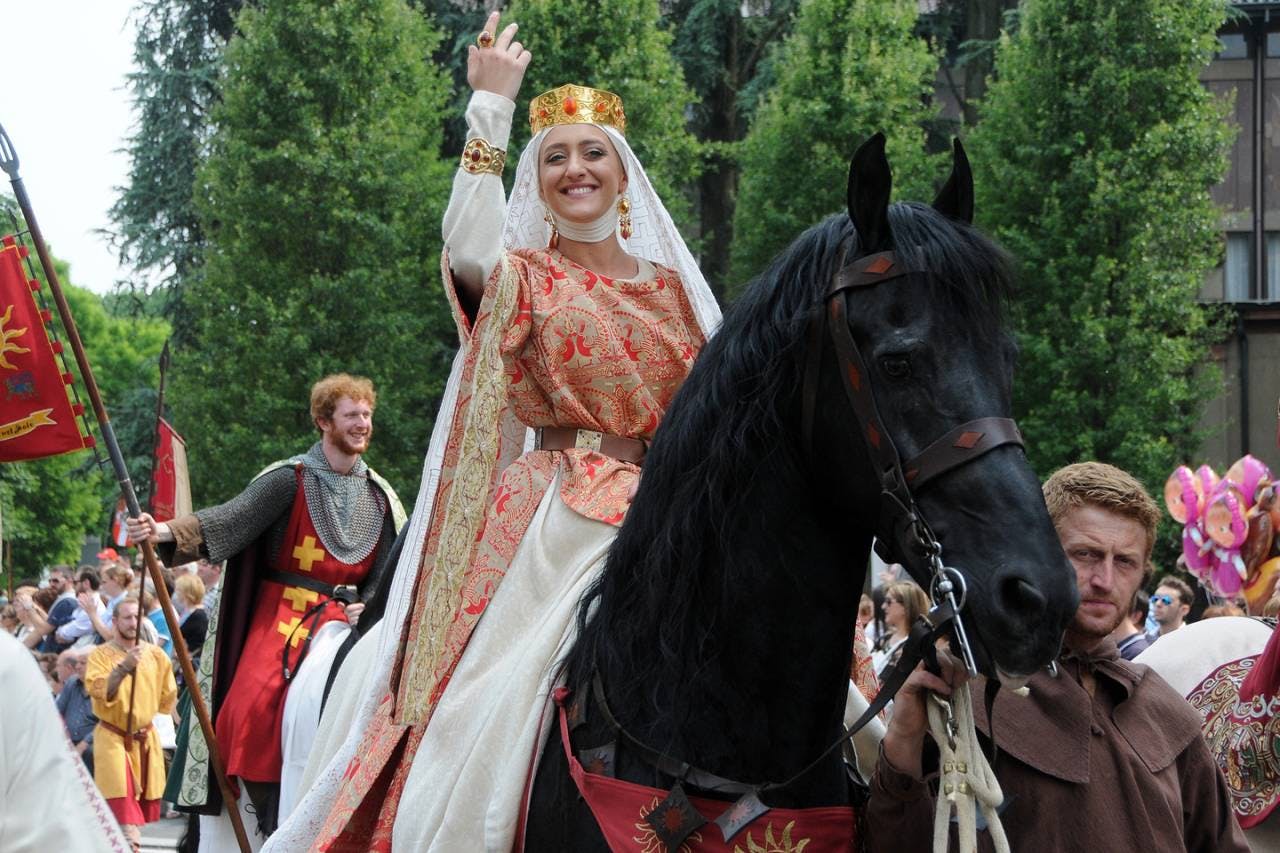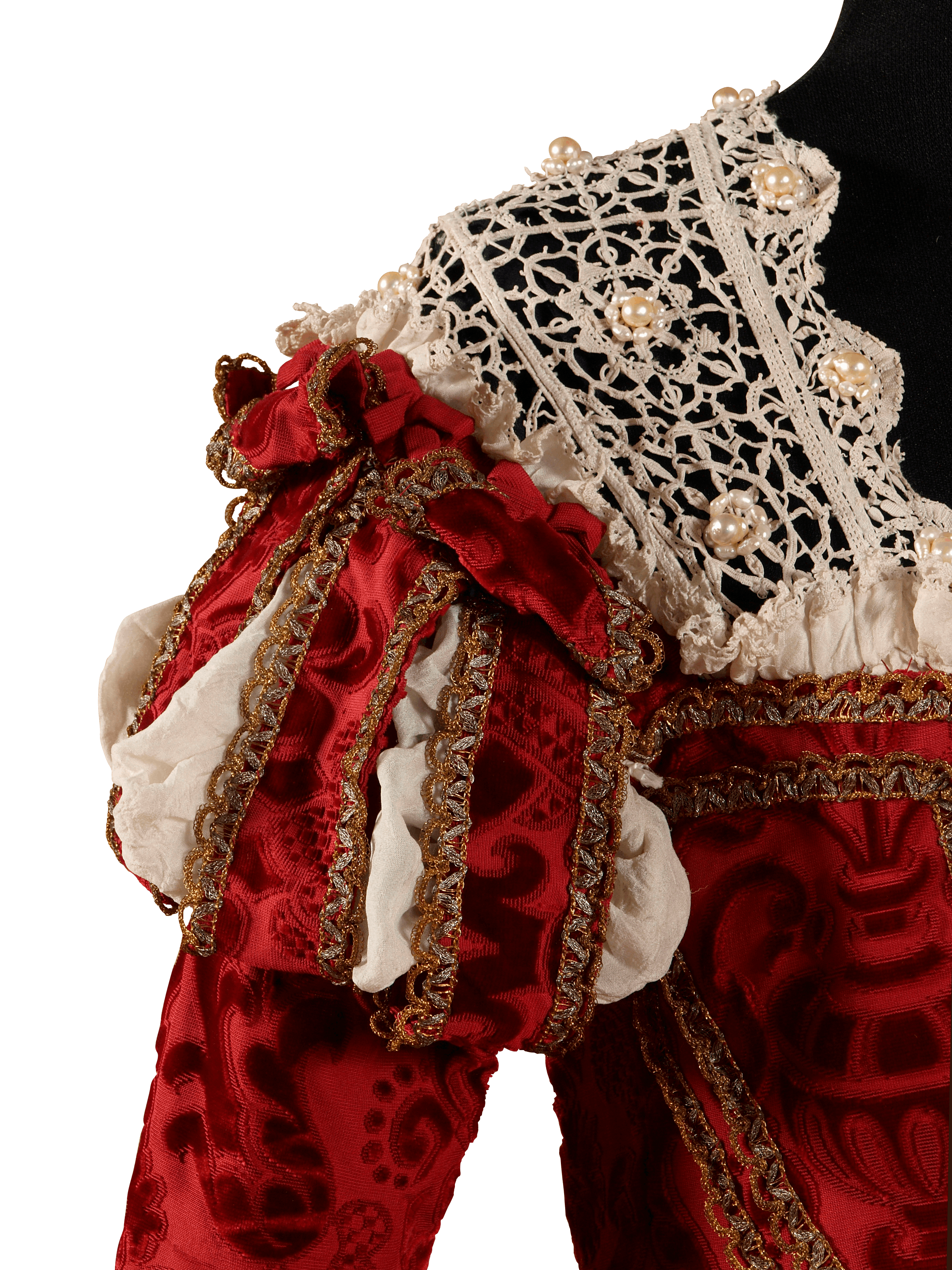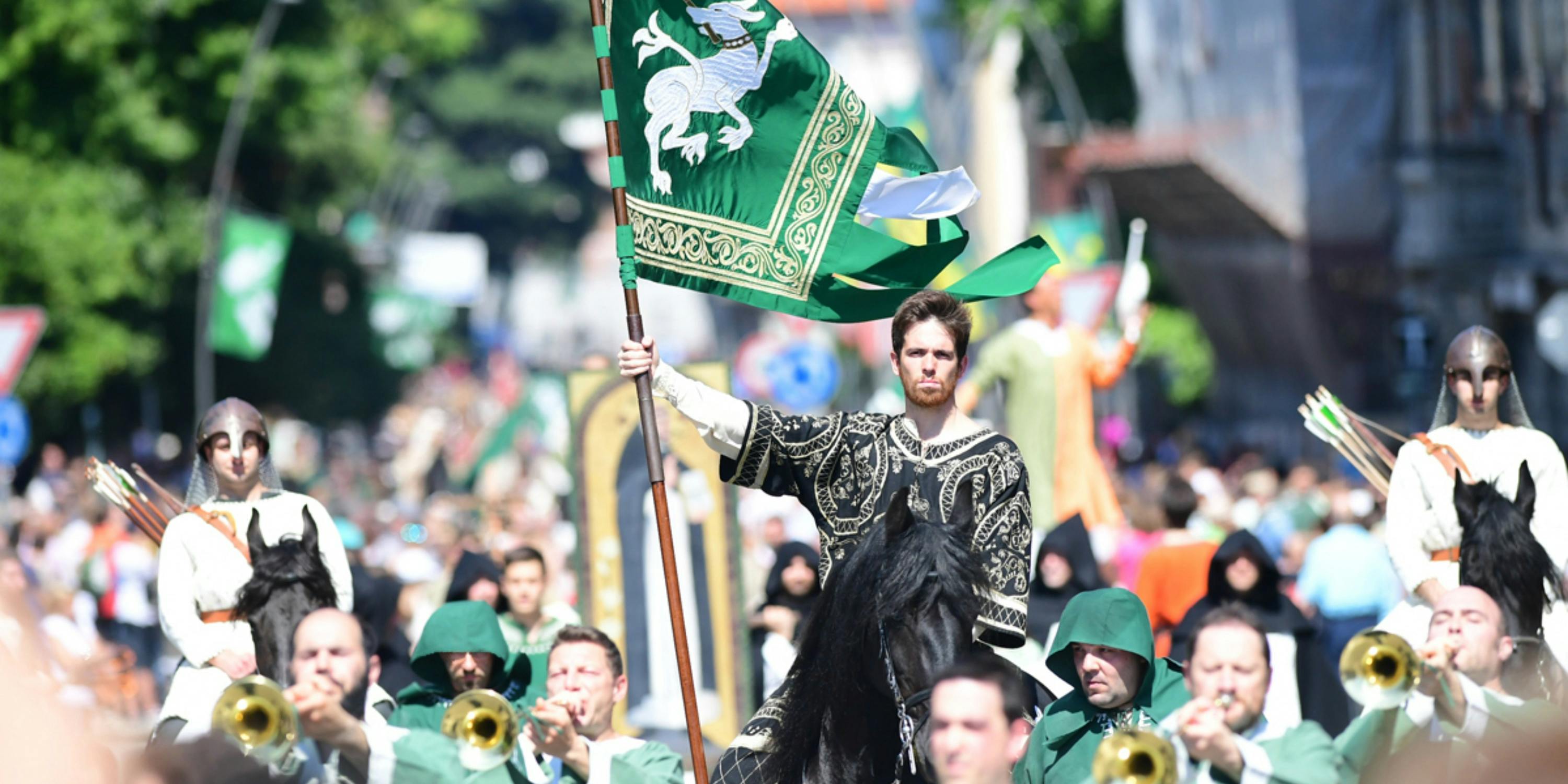
Consultants for the Palio di Legnano Costume Commission
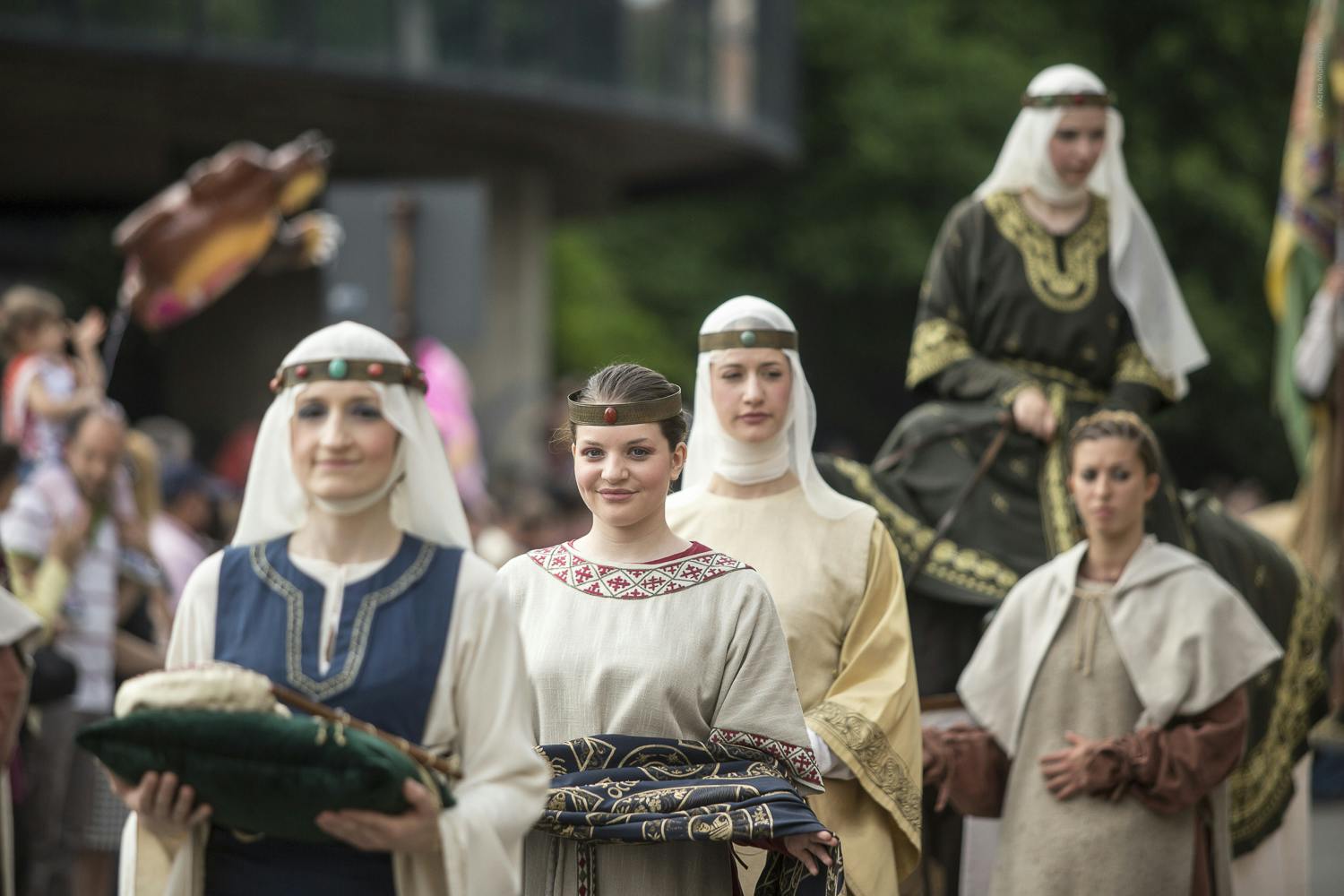
a new scientific collaboration
We are pleased to announce the birth of an important scientific collaboration between the Permanent Costume Commission and the Fondazione Arte della Seta Lisio of Florence.
The objective of the Permanent Costume Commission, established in 1992 as part of the Palio di Legnano, is to verify the historical and stylistic relevance of the costumes, weapons, footwear, as well as the accessories and jewellery that the Contrade use for the historical parade and ritual ceremonies.
Since its creation, the Commission, the specific purpose of which is the promotion of meetings and initiatives aimed at increasing and deepening knowledge in this field, avails of the collaboration of history scholars and experts on the history of costume, textiles, jewellery and metals who are selected from among researchers and academics.
This year, at the proposal of the coordinator Prof. Alessio Francesco Palmieri-Marinoni, former teacher at the ‘Historic Tailoring and for the Performing Arts’ course, and thanks to an agreement signed recently, the Permanent Costume Commission will be availing of the valuable advice of experts and teachers from the Fondazione Arte della Seta Lisio of Florence.
"This collaboration”, explains the Grand Master of the Board of Captains and Contrade, Dr. Giuseppe La Rocca, “has been strongly pursued in order to make an additional instrument of growth available to the Palio di Legnano, on a pathway of in-depth analysis that has already given excellent results, visible to everyone at the historical parade at the end of May.
Many are the experts who over the years have given a significant contribution to the work of the Contrade of Legnano, which have thus been able to incorporate and accrue a wealth of knowledge, and therefore it is our belief that there are very few, perhaps no other historical manifestations that can boast of a similar project. I am sure that this new collaboration will make the Palio take a further step forwards and contribute to the growth of the whole city through the experience of the Contrade".
Paola Marabelli, director of the two-year course “Historical Tailoring and for the Performing Arts”, vice-president and scientific director of the Fondazione Arte della Seta Lisio, comments:
"The Lisio Foundation is pleased to start off on this journey with the Permanent Commission Costumes of the Palio of Legnano. Our experience in the field of historical-artistic studies has been developed in our School and Cultural Sector which deals with research and enhancement of the material and immaterial heritage of assets which, called on to testify to the Arts and life of groups of people and their traditions, must be protected and handed down. The commitment of the Fondazione will be to transmit skills and knowledge through its experts in order to develop greater knowledge of the creation of costumes and enhancement of the entire event".
